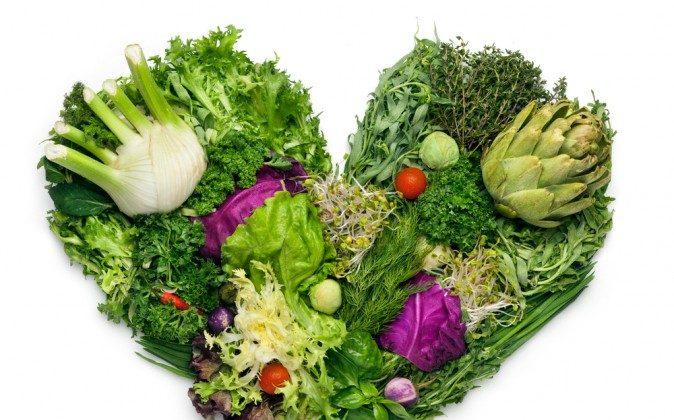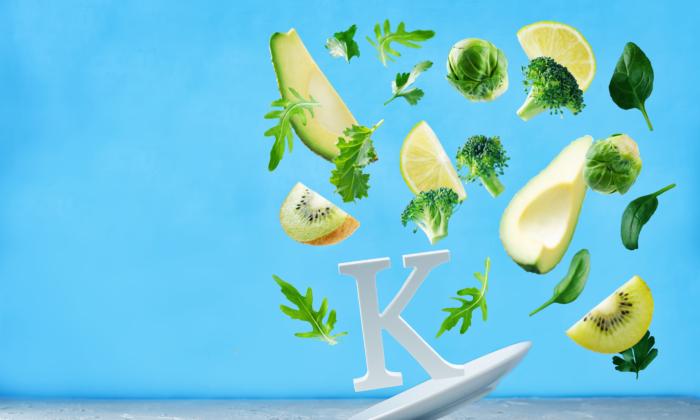Green leafy vegetables are superior to other foods in their nutrient density, and unsurprisingly, greater intake of leafy greens is associated with reduced risk of cardiovascular disease.1, 2 Greater consumption of cruciferous vegetables (a family of vegetables known for their anti-cancer effects, it includes many leafy greens such as kale, cabbage and bok choy), are similarly associated with lower risk of death from cardiovascular disease and from all causes.3
Oxidative stress is known to be a significant contributor to the development of cardiovascular disease. Our antioxidant defenses are a combination of dietary compounds and the body’s own antioxidant enzymes, and there is evidence that when we eat cruciferous vegetables, their phytochemicals signal the body to produce its own protective antioxidant enzymes, by activating a protein called Nrf2.
Nrf2 is a transcription factor, a protein that can increase or decrease the expression of certain genes. Nrf2 works by binding a specific sequence present in genes called the antioxidant response element (ARE). In the presence of certain phytochemicals, Nrf2 travels to the nucleus of the cell to induce that cell to produce natural antioxidant enzymes and protect against inflammation.4, 5 Essentially, Nrf2 is a messenger through which beneficial phytochemicals from the diet turn on the body’s natural antioxidant and anti-inflammatory protection mechanisms.
For example, one study on sulforaphane (a phytochemical found in broccoli) showed that once activated, Nrf2 suppresses the activity of adhesion molecules on the endothelial cell surface to prevent binding of inflammatory cells and therefore retard atherosclerotic plaque development.6 Another study showed that sulforaphane and other isothiocyanates (cruciferous vegetable phytochemicals), by activating Nrf2, blocked inflammatory gene expression and oxidative stress in endothelial cells inhibiting aging of the vascular tree.7 Sulforaphane also helps maintain the integrity of the blood-brain barrier, a vascular system that is crucial for proper brain tissue function, via activation of Nrf2.8 The point is that cruciferous vegetables are essential for excellent health and promotion of maximum lifespan.
Other phytochemicals that can activate Nrf2, iunclude anthocyanins (found in berries), EGCG (found in green tea) and resveratrol (found in grapes and peanuts).5, 9, 10 Exercise may also activate Nrf2.11 In contrast, smoking suppresses the protective actions of Nrf2; human endothelial cells exposed to the blood of smokers compared to non-smokers showed decreased Nrf2 expression, reducing antioxidant defenses.12 Not surprising that smoking and green vegetables have opposite effects!
Research on phytochemicals and the protective effects Nrf2 is still in its early stages, and as we learn more, we can expect exciting advances in the understanding of how phytochemicals work to promote health and extend lifespan.
This article was originally published on www.drfuhrman.com. Read the original here.
Image of vegetables via Shutterstock







Friends Read Free